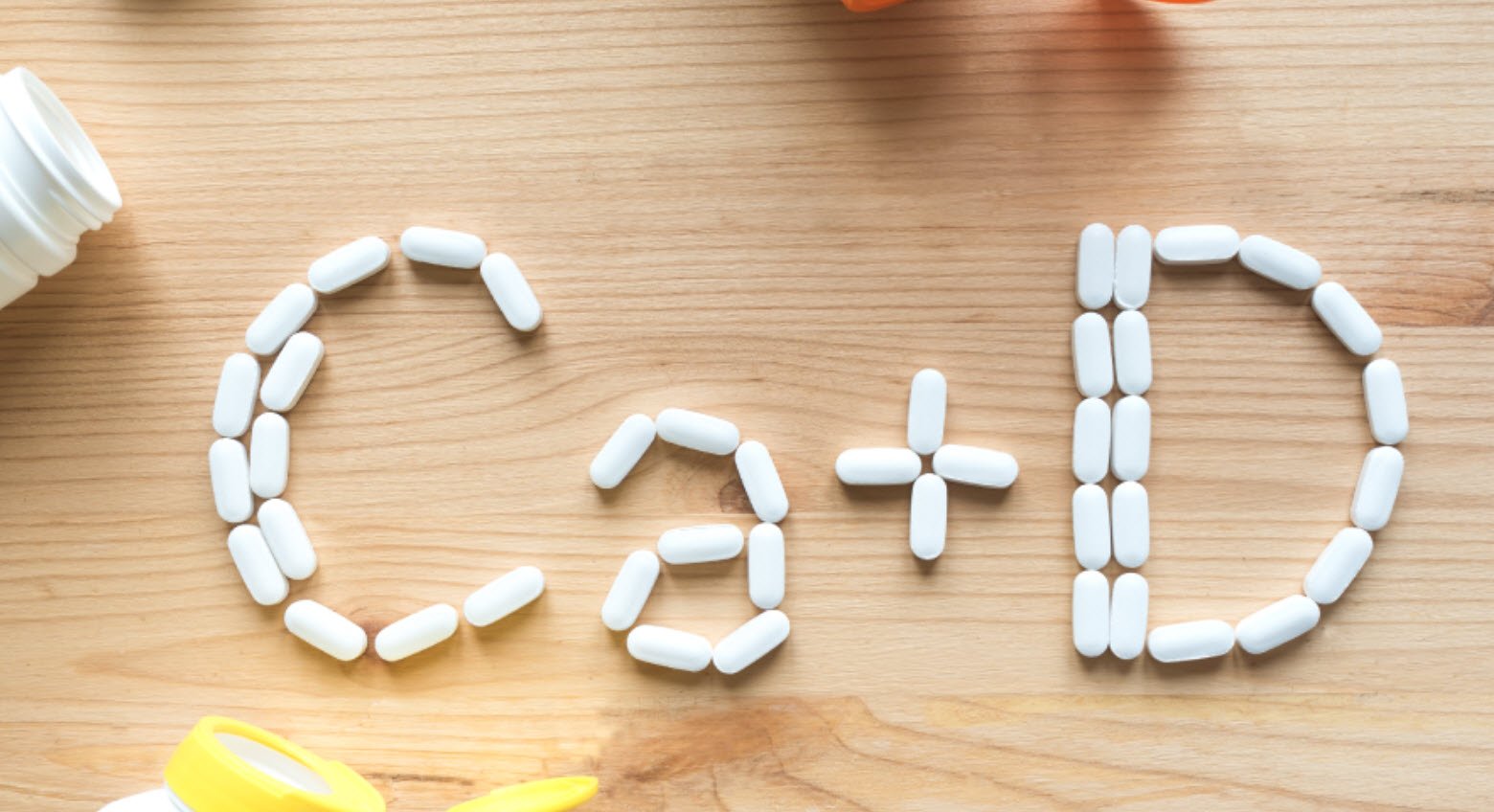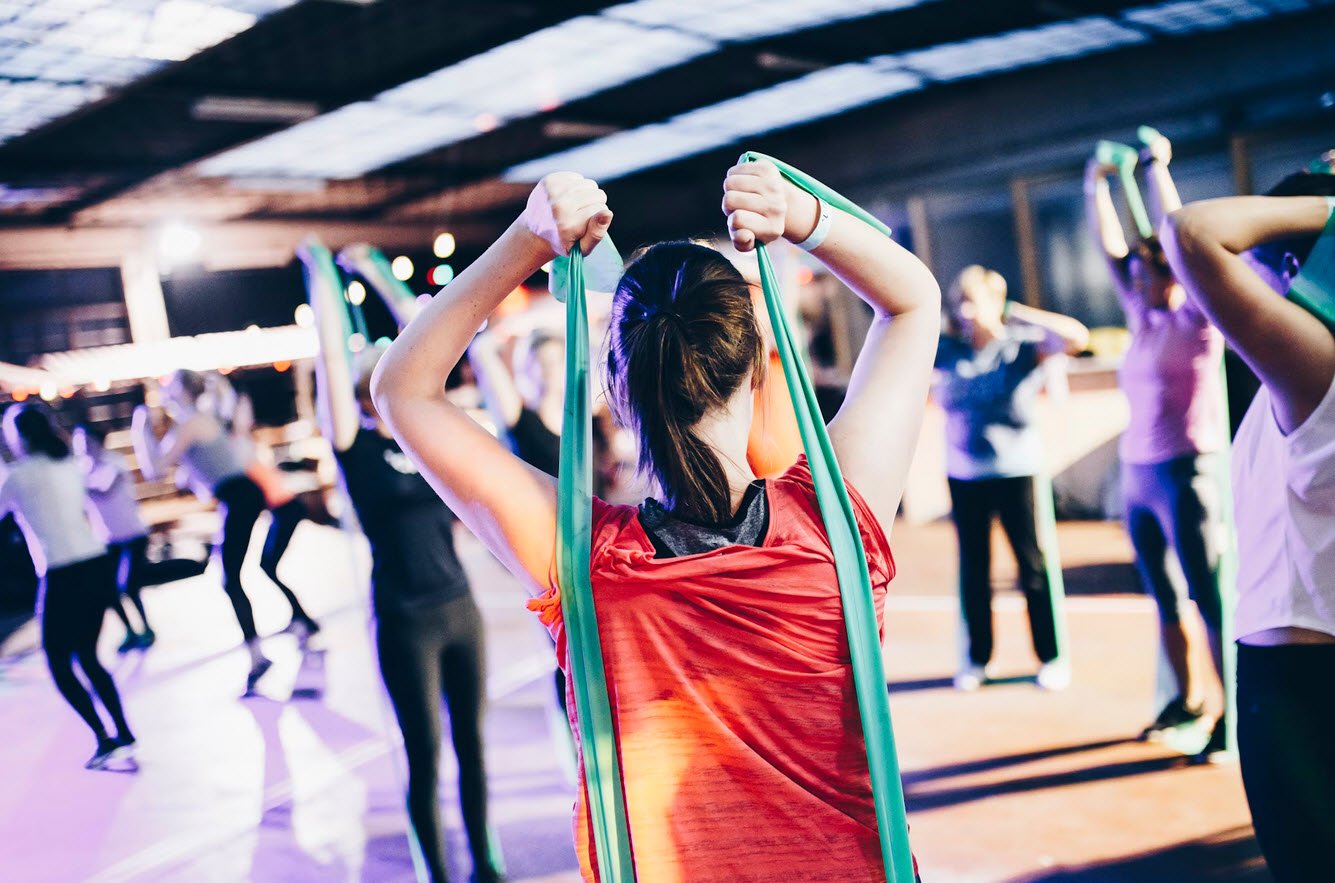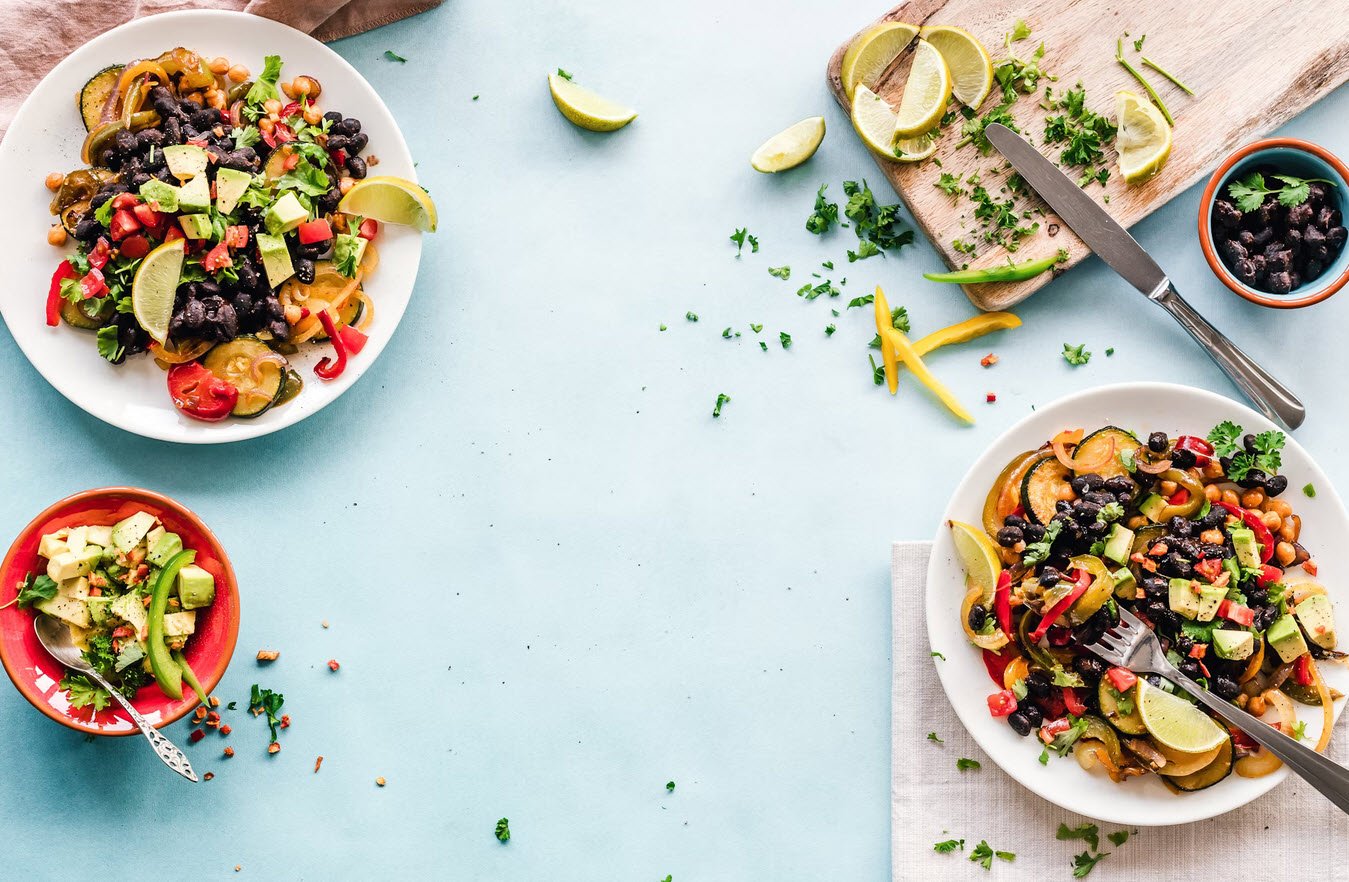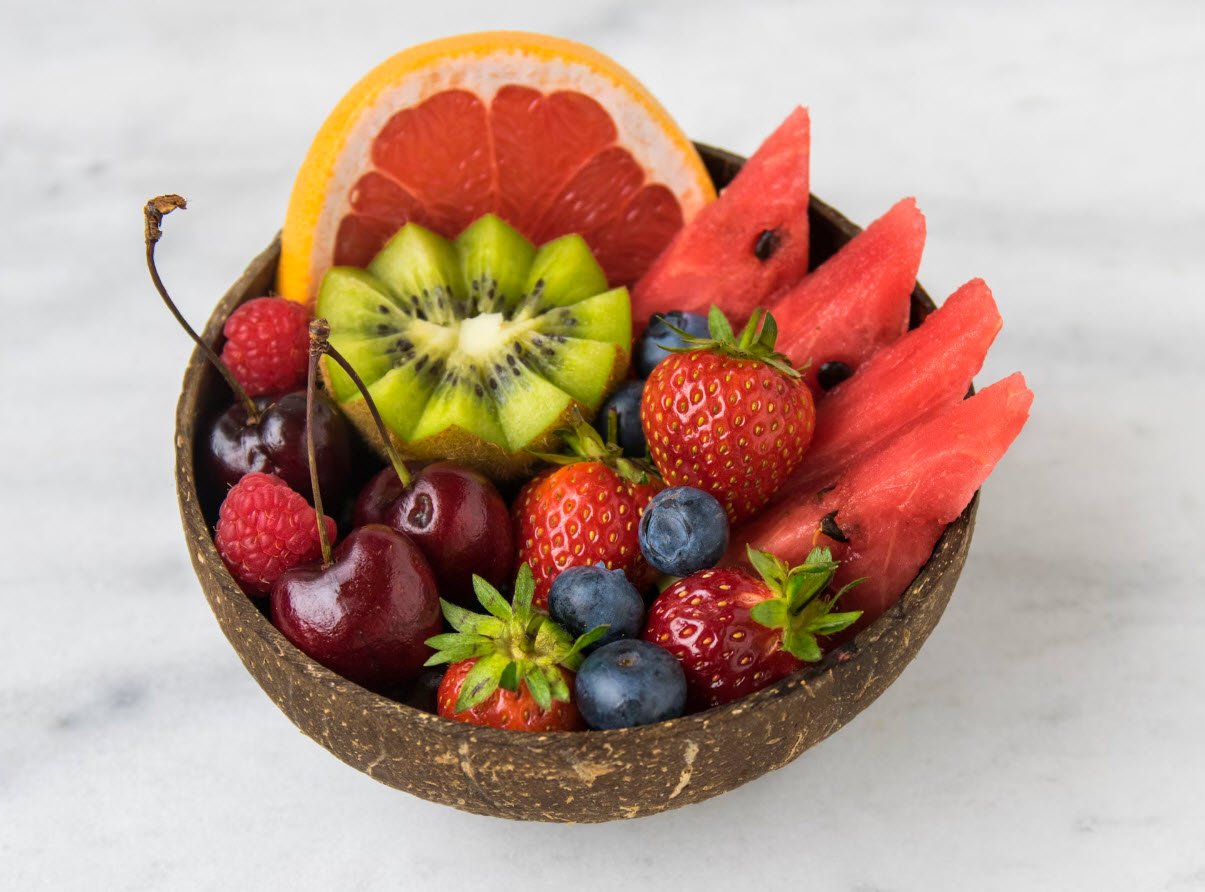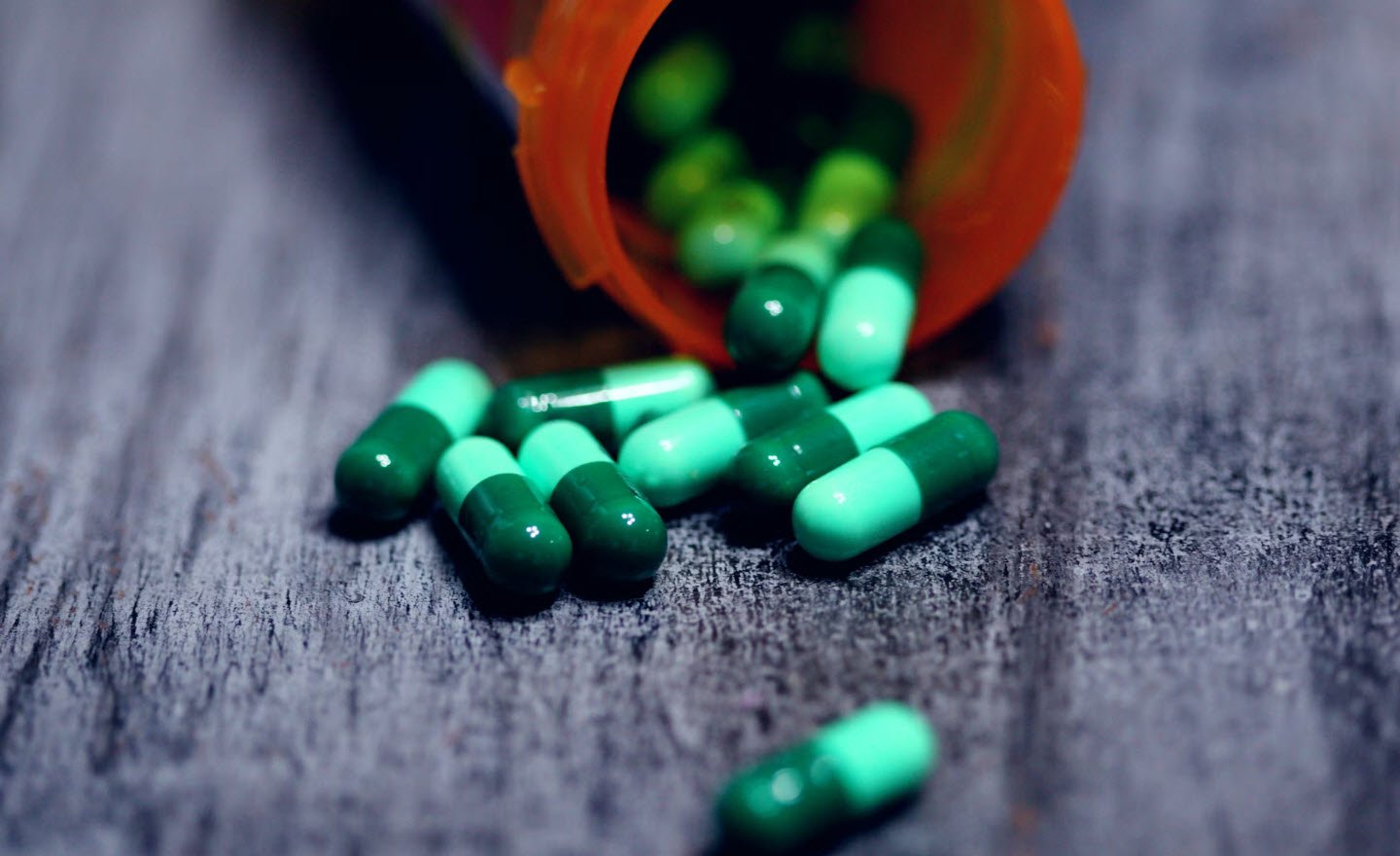
Having correct health related questions will always allow you to collect useful data about the health and well-being of your respondents and to adequately meet your research objectives. This is the time when many families get together for the holidays, and also a great opportunity to learn about their family history.
The objective of this article is to understand general health and food, the factors that affect a certain disease, and the risk factors associated with the individual’s health, among others.
Eating a well-balanced diet keeps us healthy and protects against various diseases. These foods are prepared from the combinations of different components including fruits, vegetables, pulses, cereals, legumes, species, eggs, milk, cheese, butter, oil, meat, cream and a lot more. Food gives us the energy to carry out different metabolic activities.
Let us solve the top 125 MCQs (with answers) related to Health, Food and Diseases:
1. Sunlight provides
- Vitamin B
- Vitamin D
- Vitamin A
- Haemoglobin
2. What is chemically called ascorbid acid is commonly known as?
- Antacid
- Vitamin C
- Vitamin B Complex
- Antibiotic
3. Vitamin which plays a role in blood clotting:
- A
- D
- E
- K
4. Lack of Vitamin D will cause
- Night blindness
- Beri-beri
- Rickets
- Loss of reproductive power
5. Deficiency of Vitamin A in the diet leads to
- Rickets
- Blindness
- Beri-beri
- None of these
6. Anaemia is caused due to the deficiency of
- Iron
- Carbohydrates
- Vitamin C
- Proteins
7. Sterility is generally caused by the deficiency of
- Vitamin A
- Vitamin B12
- Vitamin E
- Vitamin K
8. Human Genome Project endeavours to:
- Decode DNA
- Invent AIDS treatment
- Study evolution of human
- Study finger prints
9. Kwashiorkar is caused by deficiency of
- Vitamin E
- Protein
- Fats
- WBCs
10. The disease scurvy is caused by the deficiency of Vitamin
- A
- D
- E
- C
11. Diabetes is caused by the deficiency of
- Vitamin A
- Vitamin C
- Insulin
- Glucose
12. ______ is caused due to the deficiency of Vitamin-K:
- Rickets
- Scurvy
- Anaemia
- Continuous bleeding
13. Anaemia in man is caused due to the deficiency of
- Vitamin C
- Vitamin B12
- Vitamin A
- Vitamin D
14. Bacterial diseases are found in
- Plants
- Animals
- Humans
- All the above
15. The deficiency of Niacin causes
- Goitre
- Kwashiorkar
- Marasmus
- Pellagra
16. Vitamin-A prevents
- Rickets
- Beri-beri
- Night-blindness
- Polio
17. Vitamin Which will increase one’s resistance to infection is
- A
- B
- C
- D
18. Which of the following vitamins and deficiency diseases is NOT correctly matched?
- Vitamin A : Night blindness
- Vitamin B : Beri-beri
- Vitamin D : Deformities in bones
- Vitamin K : Scurvy
19. Which of the following has maximum calorific value?
- Carbohydrates
- Fats
- Proteins
- Vitamins
20. Which one of the following has the highest protein content?
- Apple
- Spinach
- Bread
- Pea
21. Cow milk is a rich source of
- Vitamin A
- Vitamin B
- Vitamin C
- Vitamin D
22. “Palak” leaves are rich in
- Vitamin A
- Vitamin D
- Iron
- Carotene
23. Which of the following is the richest source of Vitamin-A?
- Banana
- Egg
- Apple
- Orange
24. Which of the following is/are a rich source of iron?
- Egg
- Green vegetables
- Pulses
- Milk
25. Which one of the following acids is present in Vitamin C?
- Citric acid
- Ascorbic acid
- Lactic acid
- Folic acid
26. Ready source of energy is available for athletes in
- Vitamins
- Fats
- Proteins
- Carbohydrates
27. Milk contains all the vitamins EXCEPT
- Vitamin A
- Vitamin C
- Vitamin B
- Vitamin D
28. The nutrients that are essential for synthesis of haemoglobin would include
- Calcium, Phosphorus and iron
- Vitamin A and Proteins
- Vitamin B12, Iron and folic acid
- B Vitamins and iron
29. Pyridoxine is a chemical name of
- Vitamin B12
- Vitamin B6
- Vitamin A
- Vitamin K
30. Starch and sugar together are named as
- Carbohydrates
- Fats
- Proteins
- Antibodies
31. In man, Carbohydrates are stored in:
- Muscles
- Liver and Muscles
- Liver
- Kidney
32. Which of the following vitamins may be given during radiotherapy treatment?
- Vitamin B1
- Vitamin B6
- Vitamin B12
- Vitamin K
33. The diet Should be rich in which of the following to overcome the deficiency in Vitamin D?
- Eggs and dairy products
- Fresh vegetables
- Whole grain cereals
- Citrus fruits
34. Heart patients should avoid taking
- Proteins
- Fats
- Vitamins
- Carbohydrates
35. Which of the following is indispensable for the growth of teenagers?
- Carbohydrates
- Proteins
- Vitamins
- Fats
36. Which of the following has the highest protein content?
- Wheat
- Egg
- Milk
- Soyabean
37. Guava is a rich source of
- Vitamin C
- Vitamin D
- Vitamin A
- Calcium
38. The deficiency of which constituent in our food causes goitre?
- Water
- Vitamin C
- Iodine
- Calcium
39. Deficiency of calcium causes:
- Rickets
- Scurvy
- Gigantism
- Pellagra
40. The mineral responsible to control heart beat is:
- Sulphur
- Sodium
- Potassium
- Iron
41. Of the following, the best source of protein is
- Fish
- Beans
- Apple
- Butter
42. An adult feeding totally on milk could be deficient in
- Magnesium
- Iron
- Carbohydrate
- Protein
43. Deficiency of vitamin C in the body can cause the gums in the mouth to bleed. The disease is known as
- Scurvy
- Night blindness
- Rickets
- Goitre
44. Which of the following food materials contains phosphorus?
- Onion
- Mango
- Meat
- Egg Yolk
45. Mineral essential for the coagulation of blood is:
- Potassium
- Magnesium
- Calcium
- Sodium
46. In cooking food, the compounds lost to the maximum extent are
- Fats
- Carbohydrates
- Proteins
- Vitamins
47. Which of the following is the best source of Vitamin A?
- Carrot
- Potato
- Rice
- Tomato
48. Which one of the following chemical elements is essentially present in proteins?
- Magnesium
- Nitrogen
- Phosphorus
- Sulphur
49. Urine of a diabetic contains an excess of
- Sugar
- Urea
- Uric acid
- Albumin
50. Milk is a mixture of
- Fats and water
- Carbohydrates and water
- Carbohydrates, fats and water
- Carbohydrates, fats, proteins and water
51. Which of the following has been eradicated worldwide?
- Cholera
- Chickenpox
- Cataract
- Smallpox
52. What good thing happens to our body when we expose ourselves to sun rays?
- Sunlight produces Vitamin ‘D’ in our body
- Sunlight produces perspiration
- Sunlight produces heat in our body
- Sunlight decreases blood pressure
53. How much blood does a healthy adult human being posses?
- 4-5 litres
- 10-15 litres
- 15-20 litres
- 20-25 litres
54. The percentage of Plasma in total blood volume in human beings is about
- 45
- 50
- 55
- 60
55. In how many groups can human blood be divided?
- 3
- 5
- 2
- 4
56. Blood vesels that bring blood back to the heart are called
- Veins
- Pulmonary veins
- Coronary arteries
- Pulmonary arteries
57. The germs of diseases which enter into blood are destroyed by
- Platelets
- White blood corpuscles
- Red blood corpuscles
- Capillaries
58. Which is the universal donor blood group?
- A
- B
- O(-ve)
- AB
59. A man with blood group A can receive blood from persons having blood groups
- A,O
- A,B,O
- A,AB,B
- A,B
60. A person’s blood will NOT have any antibodies if it is
- A
- B
- O
- AB
61. Which of the following is NOT a recognized blood group?
- A
- B
- BC
- AB
62. Which of the following is fundamentally the Rh factor?
- A form of anaemia
- A hormonal reaction
- A Vitamin deficiency
- An antigen-antibody reaction
63. In blood transfusion, blood of donor and receiver must be compatible not only in blood groups, but also in
- Number of red blood cells
- Number of white blood cells
- Rh factor
- HIV positive factor
64. 20% of total volume of blood is stored up in the
- Heart
- Liver
- Lungs
- Spleen
65. Life of a/an RBC in human blood is
- 30 days
- 120 days
- 15 hours
- None of these
66. Blood group of an individual is controlled by
- Haemoglobin
- Shape of RBCs
- Shape of WBCs
- Genes
67. Red blood corpuscles (RBCs) are formed in the
- Liver
- Kidneys
- Bone marrow
- Small intestines
68. The main function of White Blood Corpuscles (WBCs) in the body is
- To carry food
- To carry oxygen
- To protect the body against diseases
- To help exhaust waste product
69. Haemophilia is a hereditary disease carried by
- Females and expressed by females
- Males and expressed by females
- Males and expressed by males
- Females and expressed by males
70. “Heemophilia” means failure of the
- Heart to contract
- Kidney to filter
- Blood to clot
- Stomach to digest
71. Antibodies is the name given to
- Harmful bacteria
- Poisonous substances
- Viruses that cause infection
- Substances formed in the blood that inhibit or destroy harmful bacterial attacks
72. A drug that prevents infection and decay is called a/an
- Antiseptic
- Anti-malarial drug
- Germicide
- Analgesic
73. Penicillin is given to a patient in order to
- Cure hereditary diseases
- Cure all diseases
- Prevent any rise in body temperature
- Prevent the growth of several types of disease causing bacteria
74. Which one the following is given to a typhoid patient of common typhoid?
- Chloroquin
- Vitamin-A
- Chloromycetin
- Sulphur
75. Penicillin is used as
- A Vitamin
- A hormone
- An antipyretic
- An antibiotic
76. Dialysis is used in the case of patients suffering from
- Heart problems
- Kidney problems
- Respiratory diseases
- Neurological disorders
77. Which one of the following is the modern tool for imaging brain tumors?
- X-rays
- Magnetic resonance
- Electron spin resonance
- Ultrasound
78. Which of the following is NOT a waterborne disease?
- Cholera
- Influenza
- Typhoid
- Amoebiosis
79. Of the following diseases which occurs usually from sexual contact?
- AIDS
- Abscess
- Diphtheria
- Rabies
80. Which one of the following is a communicable disease?
- Cancer
- Diabetes
- Diphtheria
- Rheumatism
81. A continuous exposure to which one the following can lead to deafness?
- Noise pollution
- Water pollution
- Soil pollution
- Air pollution
82. Water pollution is caused by
- Sodium Chloride
- Calcium Carbonate
- Molasses
- Industrial Waste
83. What are the basic units from which human spare parts can be created?
- Nerve cells
- Stem cells
- Heart cells
- Kidney cells
84. Which of following is a viral disease?
- Cancer
- Cholera
- TB
- Smallpox
85. Lockjaw i.e., difficulty in opening the mouth is a symptom of
- Tetanus
- Plague
- Cholera
- Diphtheria
86. Alcoholism leads to deficiency of
- Minerals
- Carbohydrates
- Vitamins
- Proteins
87. Disease caused by physical contact with the sick person, is called
- Infectious disease
- Contagious disease
- Congential disease
- Degenerative disease
88. Which one of the following is an example of hereditary disease?
- AIDS
- Haemophilia
- Syphilis
- Xerophthalmia
89. All of the following diseases are caused by viruses, EXCEPT
- Jaundice
- Influenza
- Typhoid
- Mumps
90. The infectious disease which is not spread directly from one person to another is
- Diphtheria
- Tetanus
- Measles
- Pulmonary tuberculosis
91. AIDS is caused by
- HIV
- HPLC Virus
- Bacteria
- Deficiency of vitamin K
92. Which of the following diseases is caused by air pollution?
- Leukaemia
- Bronchitis
- Rheumatism
- Goitre
93. Bronchitis is a disease of
- Blood
- Bladder
- Liver
- Respiratory tract
94. Hepatitis is a disease of the
- Eyes
- Liver
- Kidney
- Heart
95. Spondylitis concerns
- Brain
- Backbone
- Lungs
- Spinal cord
96. Leukaemia is a condition of the
- Liver
- Kidney
- Blood
- Digestive system
97. Conjunctivitis is a disease of the
- Liver
- Eyes
- Heart
- Kidneys
98. Pyorrhoea is a disease of the
- Throat
- Teeth
- Lungs
- Liver
99. In which organ of the human body is insulin produced?
- Liver
- Pancreas
- Kidneys
- Arteries
100. The disease trachoma is related to the
- Mouth
- Eyes
- Throat
- Ear
101. The organ of the body which is mainly damgaged in hepatitis, is
- Kidney
- Spleen
- Liver
- Lung
102. Leprosy is caused by
- Bacteria
- Virus
- Portozoan
- Helminth
103. Which of the following diseases after striking once creates lifetime immunity?
- Smallpox
- Diabetes
- TB
- Jaundice
104. Heart attack occurs due to
- Bacterial attack on the heart
- Stopping of heartbeat
- Lack of blood supply to the heart itself
- Impairment of heart’s working due to unknown reasons
105. Which of the following is NOT a viral disease?
- Chickenpox
- Smallpoc
- AIDS
- Gonorrhoea
106. Which of these is NOT an infectious disease?
- TB
- Malaria
- Cholera
- Measles
107. Pneumonia is caused by
- Virus
- Fungi
- Bacteria
- Algae
108. Which is the most fast spreading disease?
- Malaria
- Plague
- Poliomyelitis
- Leprosy
109. The disease NOT caused due to allergy is
- Asthma
- Hay fever
- Eczema
- Paralysis
110. AIDS can spread by
- Blood donors
- Handshake
- Eating together
- None of the above
111. The disease caused by asbestos is
- Emphysema
- Paralysis
- Diarrhoea
- Dysentery
112. Polio is caused by
- Bacterium
- Fungus
- Virus
- Insects
113. Common cold is caused by
- Virus
- Protozoa
- Fungi
- Bacteria
114. Mumps are caused due to/a
- Virus
- Bacteria
- Mosquito
- Fungi
115. Which of the following diseases is generally spread by fleas?
- Smallpox
- Tetanus
- Typhus
- Yellow fever
116. Athletes’s foot is
- A specific footwear for athletes to prevent them from spraining their feet
- An allergic skin rash
- A common fungus infection that attacks the skin between the toes
- A kind of eczema
117. Blood cancer is otherwise called
- Leucoderma
- Leukaemia
- Erythrocemia
- None of the above
118. Cancer cells are more easily damaged by radiation than normal cells because they:
- Are different in structure
- Are non-dividing
- Are starved by nutrition
- Are undergoing rapid division
119. Common name of ‘Hansen’ disease is
- Leprosy
- Tuberculosis
- Typhoid
- Smallpox
120. Which of the following is an airborne disease?
- Rabies
- Plague
- Cholera
- T.B.
121. Which one of the following is a genetic disorder?
- Bronchitis
- Night blindness
- Osteoporosis
- Sickle cell aneamia
122. Biological death of a patient means death of the tissue of the
- Lungs
- Heart
- Brain
- Kidneys
123. The adult skeleton consists of
- 108 bones
- 206 bones
- 208 bones
- 406 bones
124. ‘Thalassemia’ is a hereditary disease affecting
- Kidneys
- Lungs
- Blood
- Heart
125. Which one of the following is INCORRECT?
- Malaria – Mosquito
- Smallpox- Bacteria
- Typhoid- Fungi
- Cholera- Water
For more MCQs on Health, Food and Diseases, please refer to Part 2.
Download the PDF version – “Health, Food and Diseases Related MCQ“
You may also like:- Can You Take Calcium and Vitamin D Supplements Together? Read Here
- Taking Control Of Your Hormonal Health: What To Expect From An HRT Clinic
- Strategies for Making Physical Activities Accessible for Children with Special Needs
- ICMR’s Advisory on Tea and Coffee Consumption
- 10 Healthy Tips for World Health Day 2024
- Headache Danger Signals – A Comprehensive Guide
- Commonly Used Drug Dosages for Pain
- Key Responsibilities and Duties of a Doctor
- Personalized Support For Every Family: The Specialized Training Of Lactation Consultants
- Why Does A Person Sleepwalk At Night?

